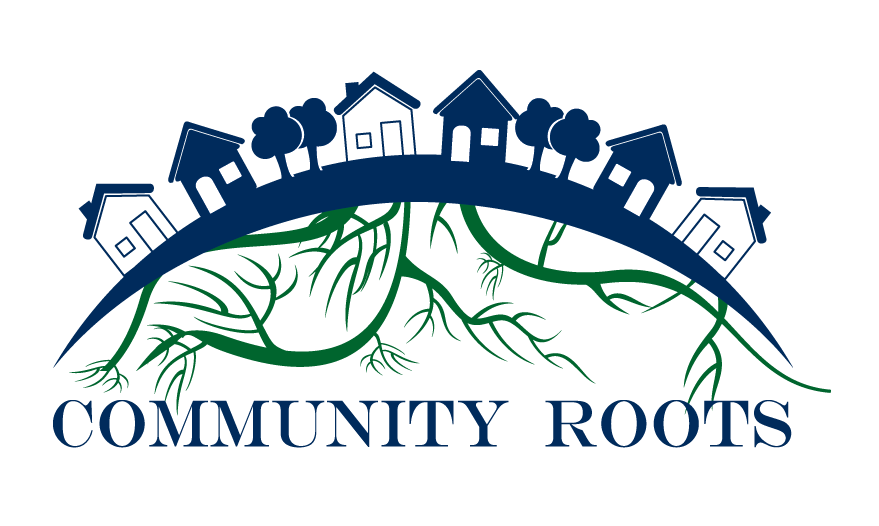Collaboration in Disaster Resilience
/I recently wrote an article for the Vermont Environmental Consortium (VEC) May blog. I'm the Secretary and Board Member of VEC. You can see it below.
VEC Members Collaborate To Support Disaster Resilience
VEC is an organization focused on building the environmental sector in Vermont. As such, VEC members have a variety of opportunities to collaborate on engaging projects with positive results. One of these collaborations was recently with KAS, Inc. and Community Roots, LLC. KAS is a small woman-owned enterprise in Vermont and New York State, specializing in providing high quality environmental management, civil and environmental engineering. Community Roots, LLC is a small woman-owned consulting firm focused on natural resource-based rural economic development research and facilitation. KAS and Community Roots worked together with, Fitzgerald Environmental Associates and ESPC Civil and Environmental Engineering, on a Long Term Community Recovery Strategy for the Hamlet of Au Sable Forks in Essex County, New York.
Au Sable Forks is one of those small hamlets that was built on the river, specifically at the confluence of the East Branch and the West Branch of the Ausable River. This all-too-common scenario in the Northeast is a relic of historical use of the river to power mills. Over the last century, settlement patterns in the hamlet resulted in neighborhoods developing in areas that were once used for only agriculture, resulting in many homes located on a frequently flooded bend of the river. Today, there are approximately 19 businesses found within the 100-year floodplain in the Jay-portion of the hamlet of Au Sable Forks.
The team was tasked to review the work completed to date and determine the best next steps to enhance the recovery and resiliency of Au Sable Forks. All partners brought something to the task, including environmental engineering, river dynamics, and community and economic development. The end result is a roadmap of next steps for the hamlet of Au Sable Forks, including both policy and program recommendations and flood resiliency projects. Policy and program recommendations included updating the flood regulations, flood depth mapping (which the Project Team prepared), an education program for debris removal/channel work, and emergency response training, specifically related to swift water. Flood resiliency projects included a flood wall/levee, a residential relocation plan for the two most vulnerable neighborhoods, and floodplain protection areas. The project is still being finalized, but the experience was a positive collaboration, utilizing each firm's complementary special skills.


